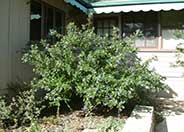
Common name:Ray Hartman California Lilac
Botanical name:Ceanothus 'Ray Hartman'
Growing vigorously as either a large shrub or small tree, the Ray Hartman has big leaves and medium blue, delicate flowers in 3"-5" clusters. It grows to 12' high and 8'-10' wide. This cultivar has good tolerance for heat; it needs occasional deep waterings with good drainage. It attracts hummingbirds, butterflies and beneficial insects. - Cornflower Farms

Common name:White Sage, Sacred White Sage
Botanical name:Salvia apiana
This woody shrub has long stems with silvery white leaves and fragrant white flowers that bloom in the spring. It provides a strong structural form as a garden focal point. It can reach 6' tall and 6' wide.
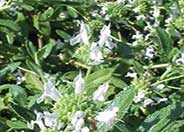
Common name:Creeping Black Sage
Botanical name:Salvia mellifera 'Terra Seca'
This evergreen shrub has shiny, dark green leaves with bluish white flowers that bloom in the spring and summer.
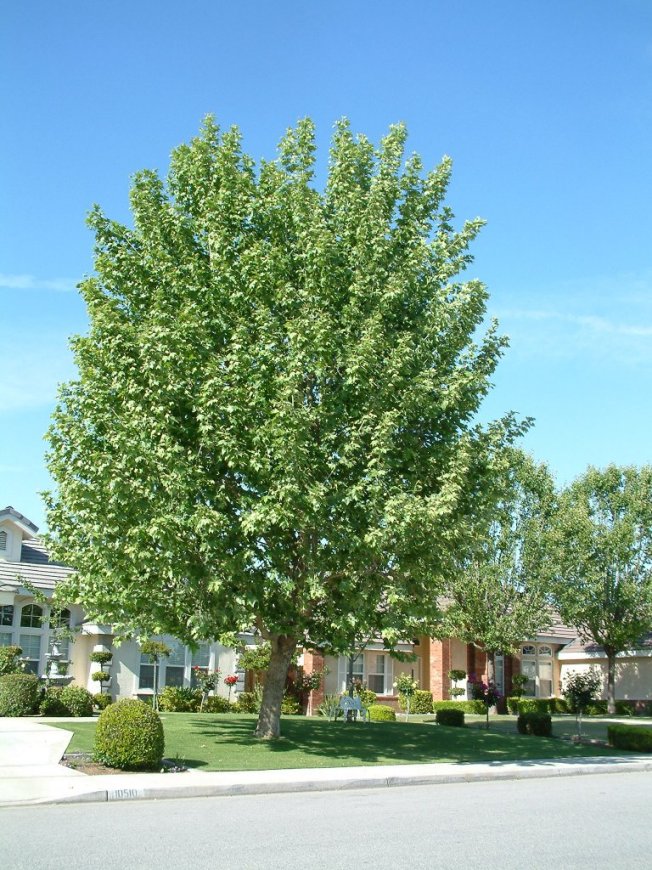
Common name:California Sycamore
Botanical name:Platanus racemosa
The California Sycamore is a fast growing deciduous tree that reaches up to 40'-50' high. It tolerates heat, smog, and drought conditions as well as moist conditions; it is native to riparian areas. It has interesting mottled bark when the tree is bare in winter.
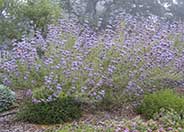
Common name:Winnifred Gilman Dark Blue Sage
Botanical name:Salvia clevelandii 'Winnifred Gilman'
The ' Winifred Gillman' Sage is a dense, compact sub-shrub that grows to 4'-5' tall and wide, and has a round form. It has blue flowers in spikes above the foliage in the spring and summer. This sub-shrub is native to California and is drought tolerant. -Cornflower Farms
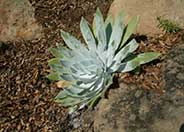
Common name:Chalk Dudleya, Chalk-Lettuce
Botanical name:Dudleya pulverulenta
Chalk Dudleya is a succulent. with 12" diameter rosette and waxy leaves; it has interesting flower spikes.
Designer: Bob Perry and Asso.
Photographer: GardenSoft
Physical weed control, including mulching, or hand removal protects the watershed from harmful chemicals.
Check the soil's moisture level before watering.
You can reduce your water use 20-50% by regularly checking the soil before watering.
Remove irrigation water and fertilizer from areas where you don't want weeds to grow.